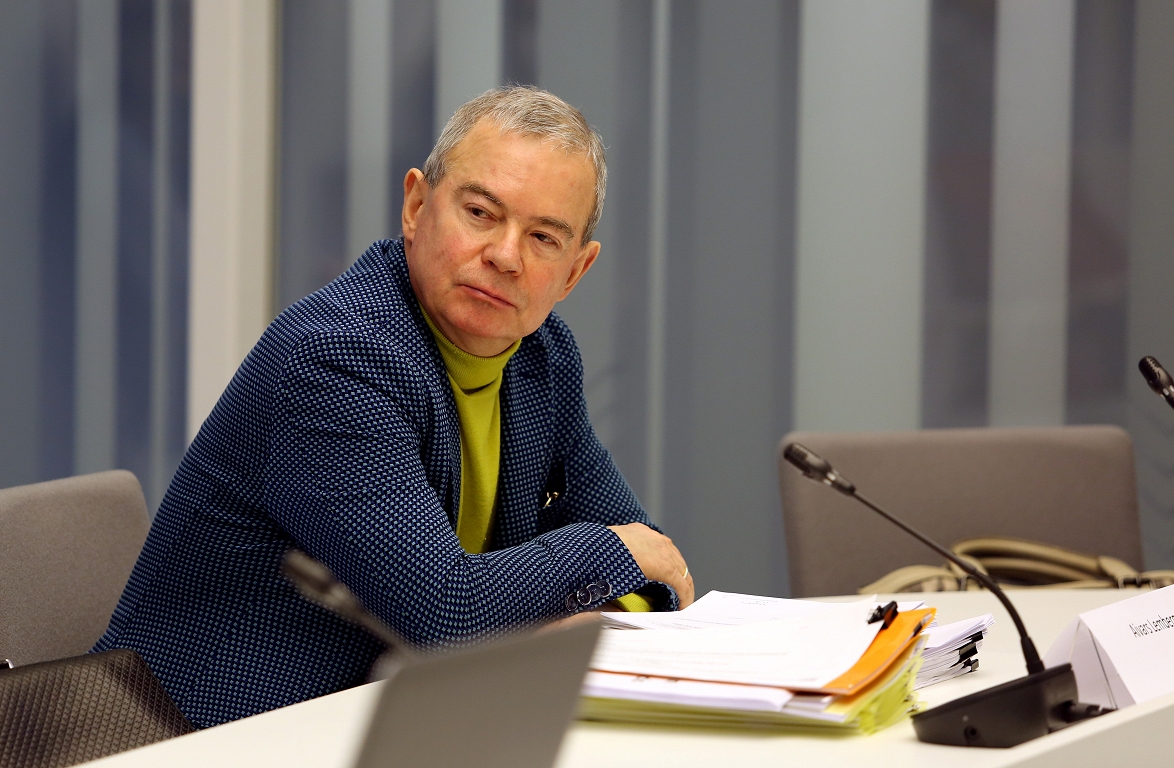The flood risk reduction program will have access to 40 million euros / day for municipalities

The aim is to strengthen state and municipal resistance to rains and floods, as well as to ensure more effective action and support for the affected regions in such situations.
It is intended to ensure a uniform approach to assessing the risk of floods throughout Latvia, promoting early and effective preventive measures, and strengthening monitoring. At the same time, bureaucratic obstacles will be reduced by facilitating the cleaning and dredging processes of water bodies and defining the requirements for environmental protection. This will allow the rivers to be cleaned faster from sediment, aquatic plants or fallen trees, providing a looser flow of water, reducing flood risks in the future.
KEM points out that one of the positive examples in this area is the Carnikava municipality. Taking into account its geographical location at the mouth of the Gauja, the municipality has already introduced several flood risk reduction measures in a timely manner – building dams, setting up drainage channels, introducing monitoring systems and promoting public involvement. Such a targeted and long -term approach to showing how local authorities can significantly reduce the effects of climate -induced risks on the population and infrastructure.
The planned regulation changes in the KEM intend to strengthen the flood risk management system in the country, developing a common understanding of potentially flooded areas and ensuring efficient use of flood risk cards. Given that the flood threat caused by rainfall is becoming more pronounced, especially in cities, this type of risk is not reflected in the maps currently in force due to the lack of accurate evaluation models.
Currently, funding for the risk of flooding of rainfall is being raised to model the floods so that these data is included in the maps. Flood risk cards will be included in the Cabinet of Ministers (Cabinet of Ministers) regulations, thus giving them a legal force and ensuring a uniform approach to determining flooding areas in flood risk areas. There are 35 such areas in Latvia.
Financial support in reducing the risks of floods in rural areas is currently more widely implemented by the Ministry of Agriculture with funding from the Recovery Fund, which is intended for the restoration and strengthening of drainage systems.
KEM works on support programs for municipalities and their capital companies to implement adaptation measures to reduce, prevent flood risks in municipal areas (populated areas) and increase the resistance of the city infrastructure. The program funding is estimated at up to € 40 million and the program is expected to be available in the first quarter of 2026.
In order to ensure a quick and efficient cleaning of rivers, KEM has developed new river cleaning rules as part of the total environmental requirements reform, which is currently at the tuning stage of the legislation portal. The regulations incorporate the standardization of environmental protection requirements – where the requirements are set out in the Cabinet of Ministers regulations, thereby avoiding the various opinions and tuning at the time of cleaning of rivers. Such an approach allows the country to be united and the efforts to be dedicated to the supervision of environmental protection rather than the documentation, the range of KEMs.
Given the experience in the Baltic electricity grid synchronization project, KEM has also introduced a coordination mechanism for storms and floods. Within this mechanism, KEM meets with representatives of the Civil Protection Commission (CAK) of the Local Government Civil Protection Commission (CAK) and organizes practical training. They simulate various risk scenarios and exchange good practice. The latest such training took place in mid -May, involving five municipalities – one from each region of Latvia. KEM plans to meet regularly and work with professionals who practice flood risk prevention and reduction.







